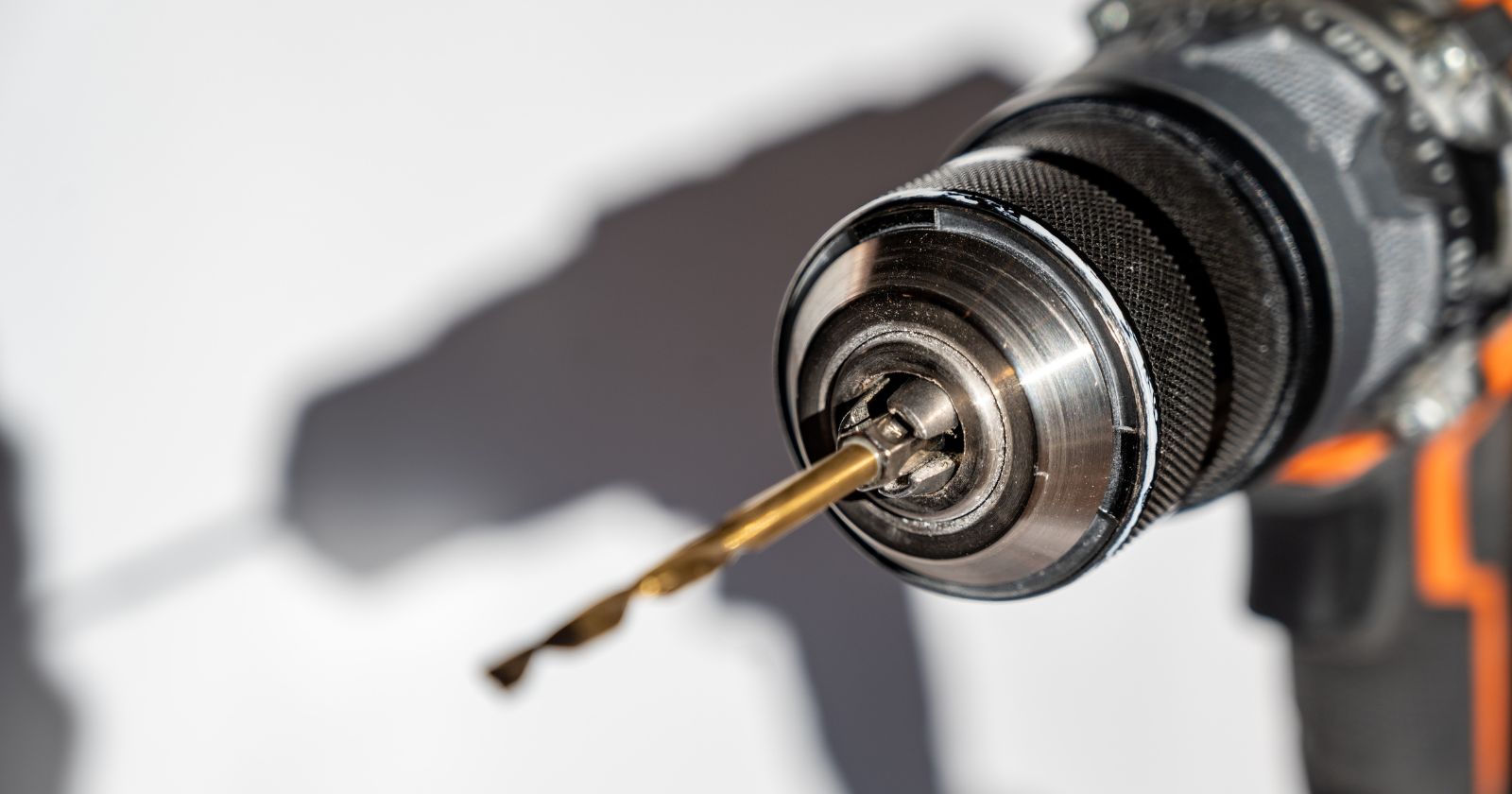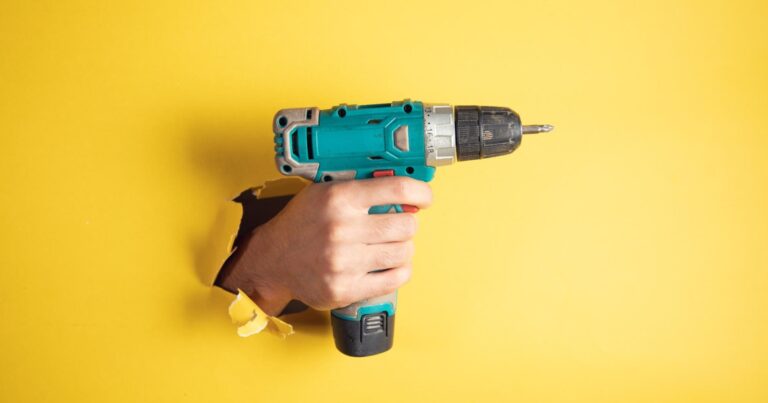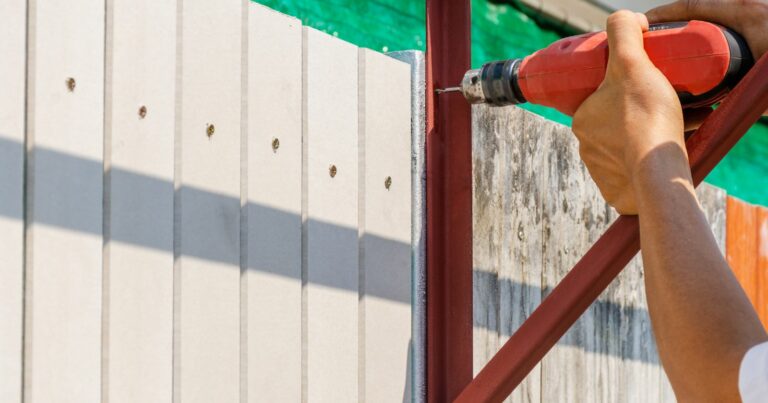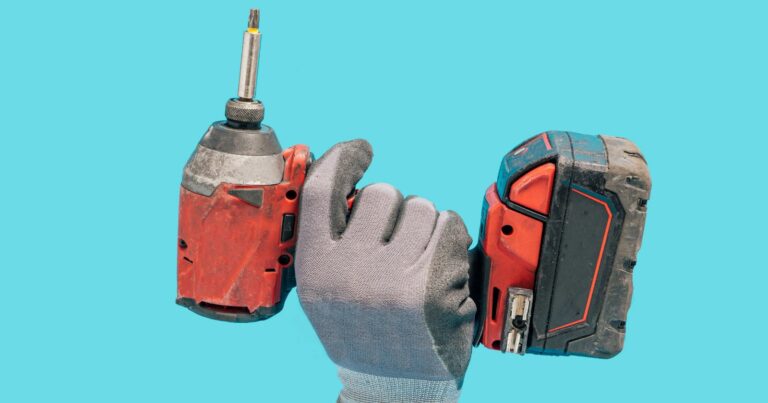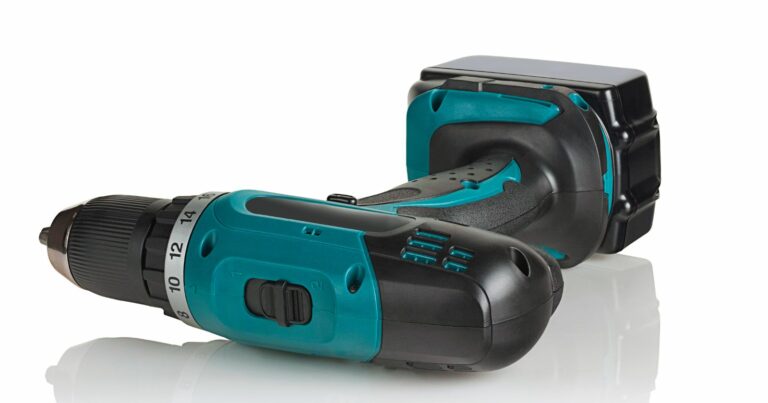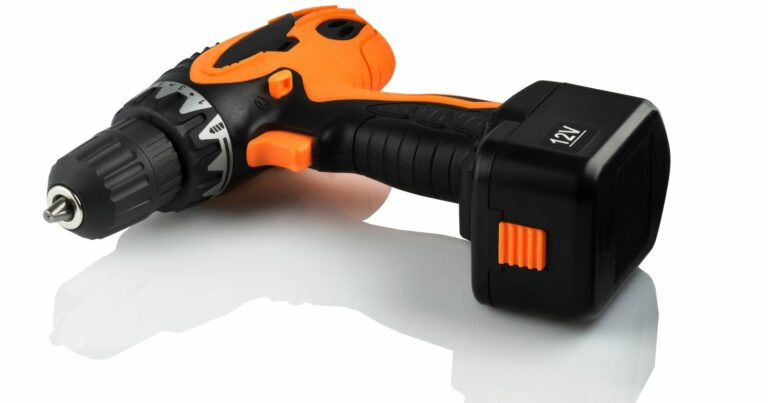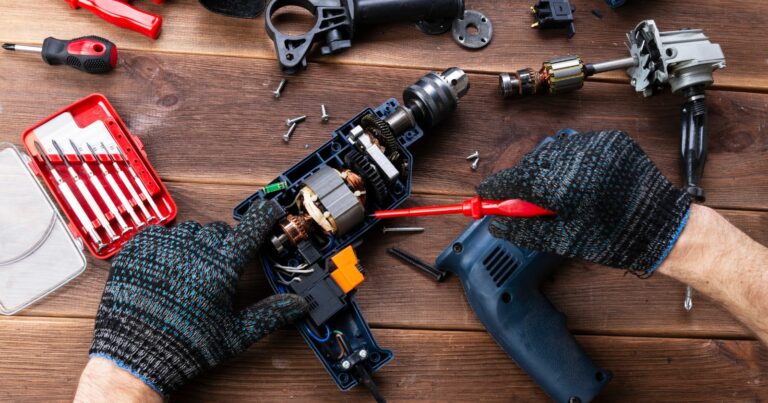What Is An Impact Driver And How Does It Work?
When diving into the world of DIY projects or professional construction, understanding the tools at your disposal is crucial for both efficiency and safety. Among these essential tools is one that might not be as familiar to the novice but is a staple in the toolkit of seasoned professionals: the impact driver. What is an impact driver, you ask? This compact yet powerful tool is a game changer for anyone who regularly works with screws, bolts, and fasteners.
This introduction will take you through the ins and outs of impact drivers, highlighting why they’re an indispensable part of any tool collection and how they can make your work significantly more manageable and more efficient.
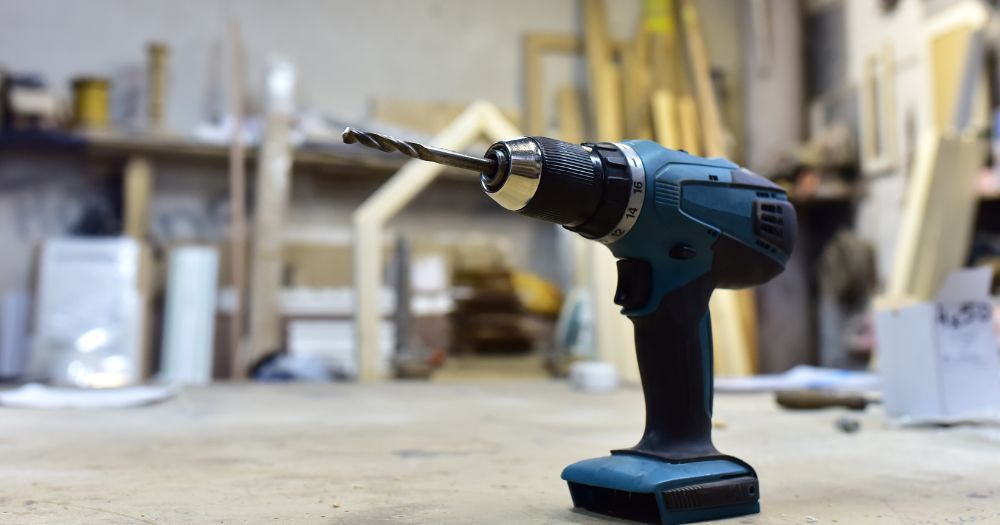
Understanding Impact Drivers
The Basics of Impact Drivers
At its core, an impact driver is a tool designed for efficiency and power in driving screws, bolts, and other fasteners. Unlike standard drills, which provide a constant torque and rely on the user’s strength to push screws into place, impact drivers incorporate a hammering mechanism that kicks in when resistance is met. This action, combining rotation with concussive blows, significantly increases the torque applied without additional strain on the user’s hand or wrist. The result is a tool that can drive screws more quickly and with less effort, even into dense or tough materials.
The mechanics behind impact drivers are what set them apart. They are equipped with a high torque motor that delivers power to an internal mechanism, usually consisting of two anvils that rotate and hammer against each other. This design translates to sudden, intense increases in torque much higher than what a standard drill can offer. It’s this mechanism that allows impact drivers to tackle tasks that would otherwise require a much more substantial effort or might even be impossible with a traditional drill.
Key Features of Impact Drivers
Impact drivers stand out for several key features that make them a favorite among professionals and DIY enthusiasts alike:
- Compact Size and Lightweight Design: Impact drivers are notably smaller and lighter than most drills, making them easier to use in tight spaces or for extended periods without fatigue. Their compact nature doesn’t compromise on power, however, as these tools pack a punch in a small package.
- High Torque Output: The defining feature of an impact driver is its ability to deliver significantly higher torque than standard drills. This high torque output makes quick work of driving large screws or bolts, especially in challenging materials.
- Fastening Speed: Thanks to the combination of high torque and a rapid hammering action, impact drivers can drive screws faster than traditional drills. This speed is a massive advantage in jobs requiring numerous fasteners, as it can drastically reduce the time spent on such tasks.
These features underline why impact drivers are not just another tool but a critical upgrade for anyone involved in construction, woodworking, or any task that involves fastening materials. Their ability to combine power, speed, and convenience into one tool makes them an invaluable part of any toolkit.

The Importance of Using Impact Drivers
Efficiency in Driving Screws
The true value of an impact driver lies in its unparalleled efficiency in driving screws. This efficiency stems not only from the high torque output but also from the impact mechanism that significantly reduces the effort required from the user. Impact drivers excel in scenarios where traditional drills might struggle or require more time and physical exertion. For instance, when working with long screws or fastening into hard materials like dense woods, metal, or masonry, the impact driver’s ability to deliver powerful, rapid bursts of torque ensures the screw is driven in smoothly and without the user having to apply excessive force or pressure.
Specific scenarios where impact drivers outshine drills include constructing decking, framing, installing cabinets, or any project involving heavy duty fastening. In these cases, the speed and ease with which an impact driver operates can cut down on project time significantly, making it a preferred tool for professionals looking to maintain high productivity levels and DIY enthusiasts seeking to complete their projects more efficiently.
Versatility in Applications
One of the most compelling aspects of impact drivers is their versatility. These tools are not limited to a single type of material or project. Whether you’re working with wood, metal, or even concrete, an impact driver can be your go to tool for all fastening needs. This versatility is further enhanced by the tool’s compatibility with various bit types and sizes, allowing users to tackle a wide range of tasks without needing to switch tools frequently.
Impact drivers are suitable for a myriad of projects, from building outdoor structures like decks and fences to interior tasks such as assembling furniture and installing drywall. The ability to adjust the torque setting also means that, despite their power, impact drivers can be used for more delicate tasks requiring precision and care, ensuring that you don’t overdrive or damage materials.
Moreover, the universal chuck found on most impact drivers allows for easy swapping of bits, making it a breeze to switch between tasks. Whether you need to drive screws, bolts, or even drill holes with compatible drill bits, the impact driver accommodates it all, proving itself as an indispensable and flexible tool in any toolkit.
Watch This Video And Learn How To Use An Impact.
How to Choose the Right Impact Driver
Choosing the right impact driver involves understanding your specific needs and the various options available. Here’s a guide to help you make an informed decision.
Considerations Before Buying
Power Source
- Corded vs. Battery-Operated: The choice between corded and battery-operated impact drivers depends on your needs for mobility and power. Corded models offer continuous power without the need to recharge batteries, making them ideal for stationary workspaces. Battery-operated models, on the other hand, provide the flexibility to work anywhere, a must have for projects without easy access to power outlets.
Torque and Speed Settings
- Torque and Speed: Look for an impact driver with adjustable torque and speed settings. This flexibility allows you to tailor the tool’s performance to the task at hand, ensuring you have the right amount of power without causing damage to materials or fasteners.
Brand and Warranty Considerations
- Brand and Warranty: Opt for a reputable brand known for durability and reliability. A good warranty can also be a lifesaver, offering peace of mind that your investment is protected against defects or premature failure.
Recommended Features for Specific Needs
Brushless Motors
- Efficiency: Brushless motors offer improved efficiency and longevity compared to brushed models. They run cooler and require less maintenance, translating to a longer lifespan for your impact driver.
Battery Life and Charging Options
- Battery Life: For battery-operated models, consider the battery life and availability of fast charging options. Longer battery life ensures uninterrupted work, while fast charging can minimize downtime.
Ergonomic Design Features
- Ergonomic Design: Given the physical nature of construction and DIY projects, an ergonomic design can significantly reduce fatigue. Look for features like a comfortable grip, balance, and a lightweight design to make prolonged use more manageable.
Choosing the right impact driver requires careful consideration of these factors. By focusing on the specific needs of your projects and prioritizing features that enhance efficiency, battery life, and comfort, you can select an impact driver that not only meets but exceeds your expectations, becoming a go-to tool in your arsenal for years to come.
Best Practices for Using Impact Drivers
Adopting best practices for using impact drivers not only ensures your safety but also extends the lifespan of your tool. Here’s how to make the most out of your impact driver while keeping safety and maintenance in mind.
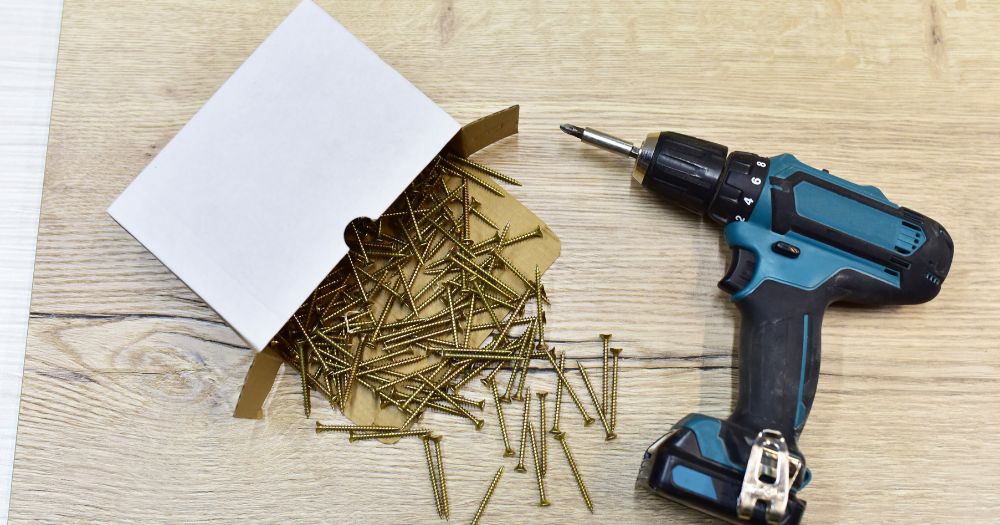
Troubleshooting Common Problems with Impact Drivers
Even with the best practices in place, users may encounter issues with their impact drivers. Understanding how to troubleshoot common problems can save time and ensure your projects proceed smoothly.
Overcoming Bit Slippage
Causes and Solutions for Bit Slippage
- Worn or Incorrect Bit Size: Bit slippage often occurs when the bit is worn out or not the correct size for the screw head. Ensure you’re using the right size and replace bits that show signs of wear.
- Insufficient Pressure: Applying too little pressure can cause the bit to slip out of the screw head. Make sure to apply a firm, steady pressure as you drive the screw.
- Lubrication on Bits or Screws: Excess lubrication can reduce friction and cause slippage. Clean any oily or lubricated surfaces before driving screws.
Dealing with Overdriving Screws
Tips to Prevent Overdriving Screws and Damaging Materials
- Adjust Torque Settings: Use the adjustable torque setting on your impact driver to match the material’s hardness and the size of the screw. Lower settings can prevent overdriving.
- Practice and Technique: Develop a feel for when the screw is about to be fully driven and release the trigger in time. Practicing on scrap material can help refine this skill.
- Use of Clutch Settings: Some impact drivers come with clutch settings that stop the tool once a certain resistance level is reached, preventing overdriving.
Troubleshooting these common problems not only enhances your efficiency but also contributes to the longevity and safety of your work. By addressing issues like bit slippage and overdriving screws, you can maintain the integrity of your materials and ensure a professional finish to your projects.

What Is An Impact Driver? – Advanced Insights
Delving deeper into the world of impact drivers reveals a fascinating evolution and distinct advantages over other power tools. These insights not only showcase the impact driver’s importance but also help us appreciate the technological advancements that have shaped its current design.
The Evolution of Impact Drivers
Impact drivers have come a long way since their inception. Initially designed for professional and industrial applications, these tools were once bulky and predominantly pneumatic. Over the years, advancements in motor technology and battery efficiency have revolutionized impact drivers, making them more compact, powerful, and accessible to a broader audience. The introduction of brushless motor technology has significantly enhanced their efficiency and longevity, reducing heat and wear during operation. Moreover, improvements in battery technology, particularly with lithium-ion batteries, have provided longer runtimes and shorter charging periods, enabling more extensive use without the constraints of cords or frequent recharges.
Impact Drivers vs. Other Power Tools
Comparing impact drivers with other power tools, such as impact wrenches and drills, highlights their unique benefits:
- Impact Drivers vs. Drills: While both tools can drill holes and drive screws, impact drivers offer higher torque and a hammering action that drills lack. This makes impact drivers more suited for driving large fasteners into tough materials without stripping screw heads or exhausting the user.
- Impact Drivers vs. Impact Wrenches: Impact wrenches are designed for heavy-duty tasks requiring high torque, such as automotive repairs or construction projects involving nuts and bolts. Impact drivers, on the other hand, are more versatile for general construction tasks, offering a balance between power and precision that is ideal for a wide range of fastening jobs.
The unique combination of power, efficiency, and compactness makes impact drivers an essential tool in both professional and DIY toolkits. Their ability to handle demanding tasks with ease, coupled with advancements in technology that have made them more user-friendly, underscores the impact driver’s critical role in modern construction and woodworking projects.
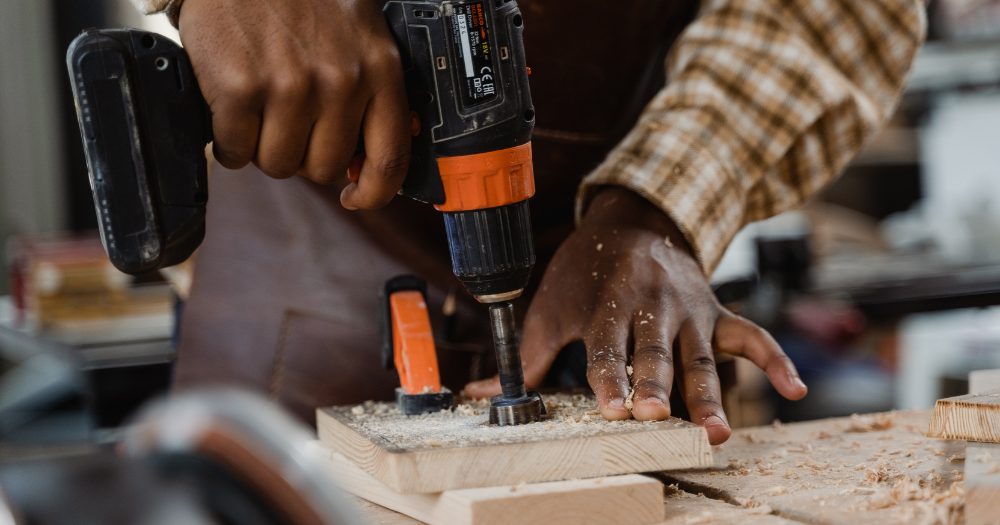
Wrapping Up What Is An Impact Driver And How Does It Work?
Throughout our exploration of impact drivers, I have dived into the essentials of what makes these tools a must have for anyone involved in construction, woodworking, or any DIY project that involves fastening. From understanding the basic mechanics and benefits of impact drivers to choosing the right model and troubleshooting common issues, I’ve covered a comprehensive range of topics to equip you with the knowledge you need to make the most of this powerful tool.
Let my blog be the bridge to your next level of craftsmanship and project success. Visit me at impactdriverdrill.com for guides, tips, and reviews that help turn your projects from good to great. Join the community of tool enthusiasts and professionals today, and take the first step towards mastering your craft with the best tools at your disposal.

